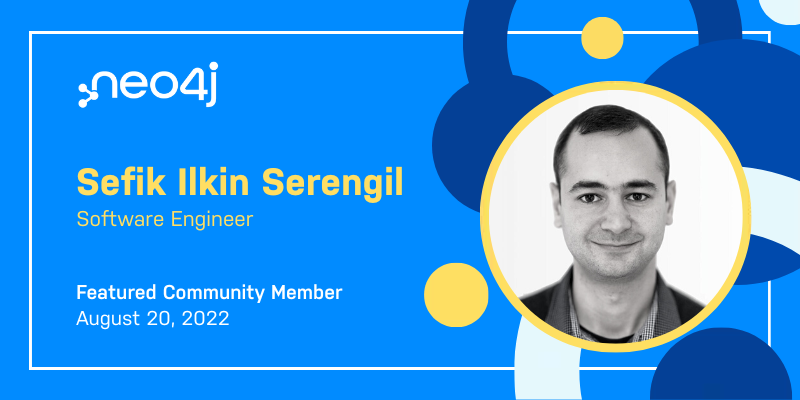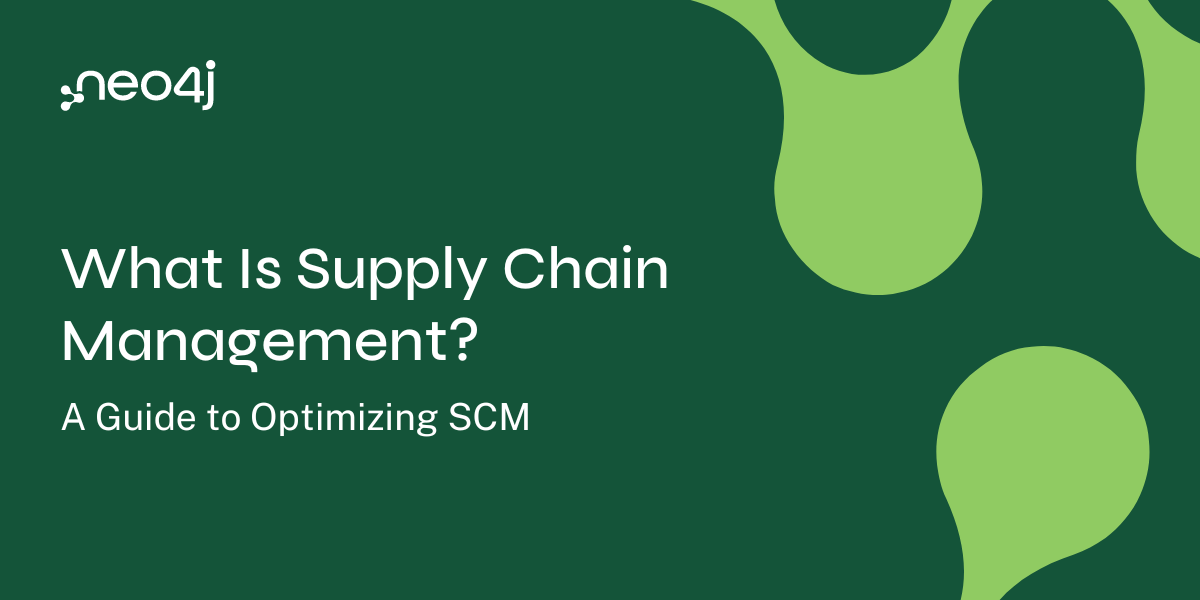We are pleased to announce the release of the brand new Cypher Intermediate Queries course on GraphAcademy. This course is the second in the Cypher learning path, building on the knowledge gained in the Cypher Fundamentals course by teaching you how to speed up your queries using indexes and constraints. The course outlines the indexing options available in Neo4j, before providing hands-on exercises for creating each index type.
We extended the CFP deadline for NODES by a few more days! Don’t wait, submit your talk by August 31, 2022 now. Make sure to save the date for the Neo4j NODES conference on November 16 and 17, 2022.
Cheers,
Yolande Poirier
PS: Code and golf this summer!With Neo4j Code Golf challenge, you have the chance to win prizes totaling $27,000!!
FEATURED COMMUNITY MEMBER: Sefik Ilkin Serengil
Sefik is a software engineer with experience in information technology, the services industry, data science, and machine learning fields. His research interests are machine learning and cryptography, and he has published several research papers. He enjoys speaking at community events and contributing to open source projects. You can check out his open source projects on GitHub. Some of his projects are DeepFace – a lightweight face recognition and facial attribute analysis library for python – and RetinaFace, a face detection library for Python. Sefik is a Neo4j Ninja and frequent speaker at conferences and community events. You can find him on LinkedIn.

JOURNEYS IN JAVA, LEVEL 8: Add MongoDB to Spring Cloud Config
Follow along with Jennifer Reif’s blog as she converts existing MongoDB-connected services to use Spring Cloud Config for accessing database credentials, matching the architecture she set up last time with a Neo4j microservice. This is a multi-step blog detailing an increasingly sophisticated, managed, configuration-savvy system of services.CODE BEAM AMERICA: Using Neo4j & BEAM to Evaluate Student Proficiency
In this video, Victor Caciquinho and Willian Frantz explain how they evaluated student proficiency using Elixir and Neo4j through a micro-services and event-driven architecture. Watch their talk at CodeBEAM America 2021NEO4J LIVE: Know Rivalry
GRAPH WITH NEO4J: Create a Sustainable Partnership-Based Metagenomic Supply Chain
TRAINING: Graph Theory Video Series
INTERVIEW: Supper Club × Adam Cowley and Neo4j Database
TWEET OF THE WEEK: @ism_algo
Don’t forget to retweet if you like it!Hello #algofam,
— Ismael EL ATIFI (@ism_algo) August 15, 2022
I made this free tool as a side project:https://t.co/0oiTiGNGz0
You just input an #Algorand account (address or #NFD) and get the graph with all the unique accounts with which you made transactions.
Here @AlgoFamily is the central account.
Hope you'll like it 🙂 pic.twitter.com/mOfdvv7tcB
… Of Special Interest
- Jennifer Reif’s slides and resources for her talk “Java 17 Explore with Neo4j” can be found on her Github repo!
- Maxime Moreillon decided to move his Neo4j from a bare-metal installation into Kubernetes but struggled with #SSL, as well as the import of data. Here is the GitHub repo with the manifest.
- This video shows a mobile simulation of the PKG recommendation system and the resulting knowledge graph, with several examples demonstrating its construction and recommendation process. Check it out!



